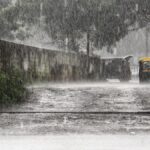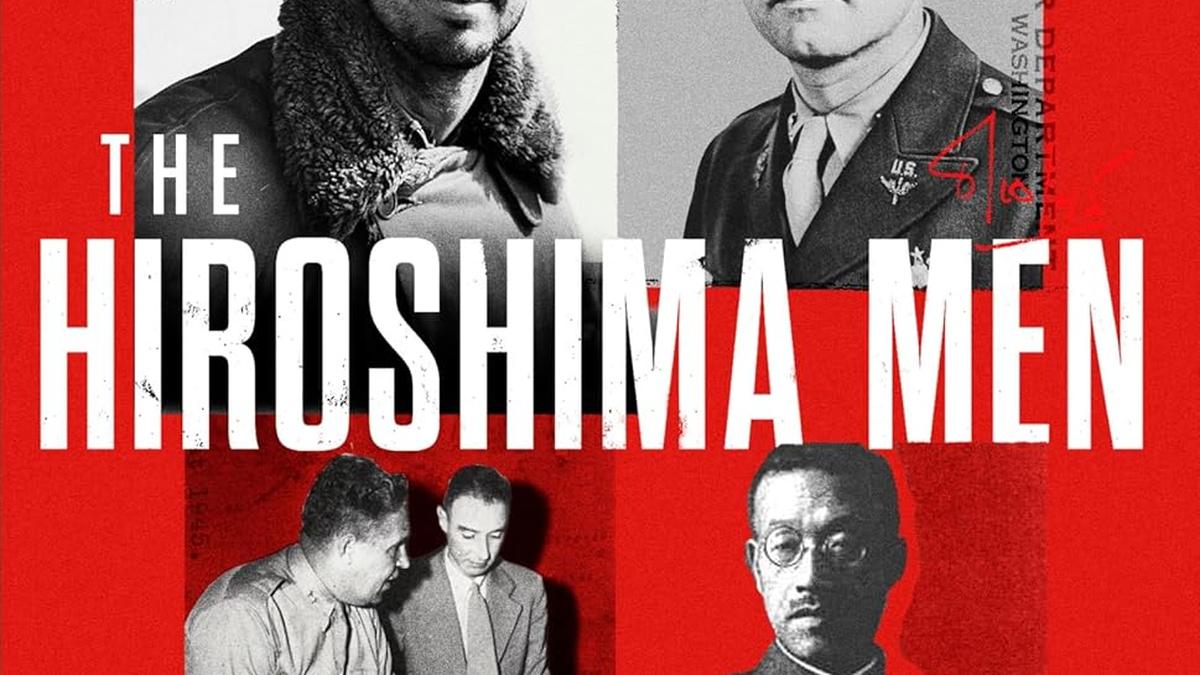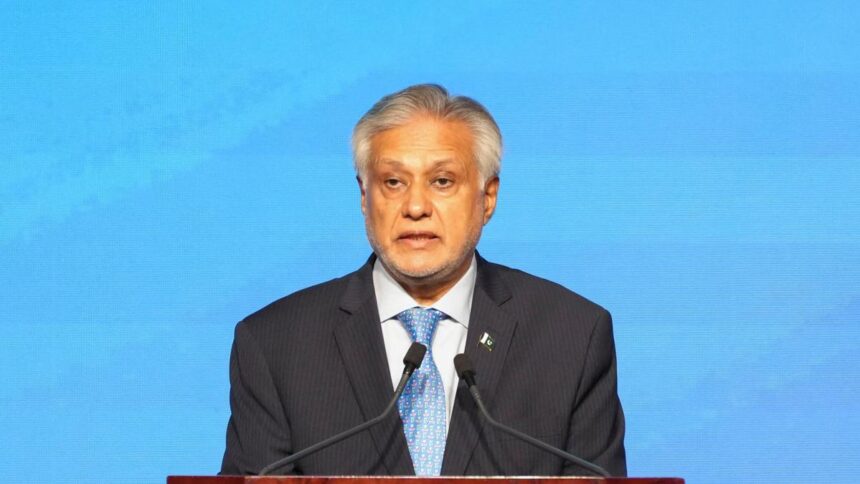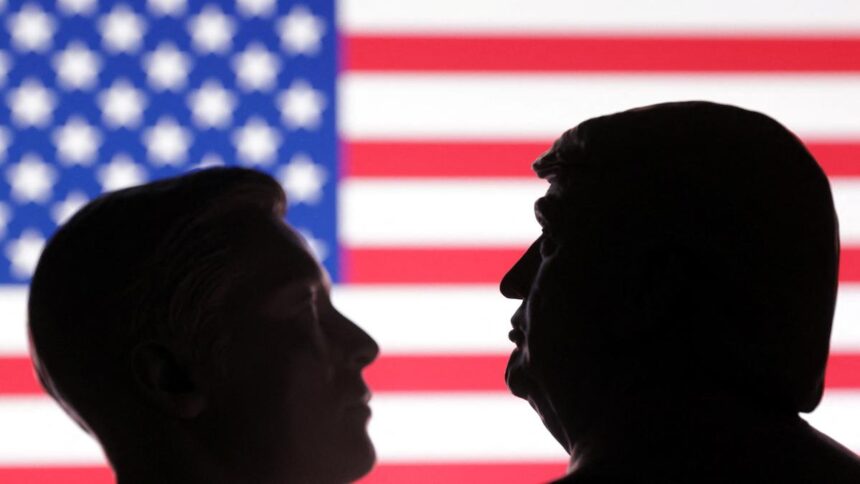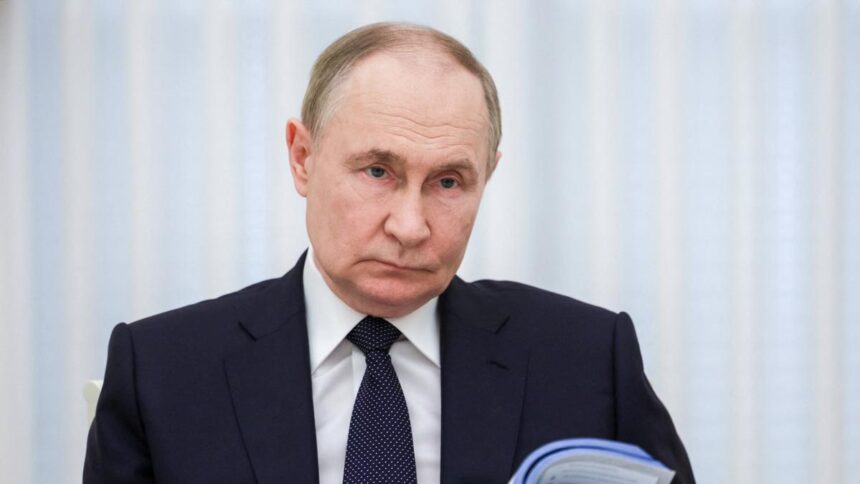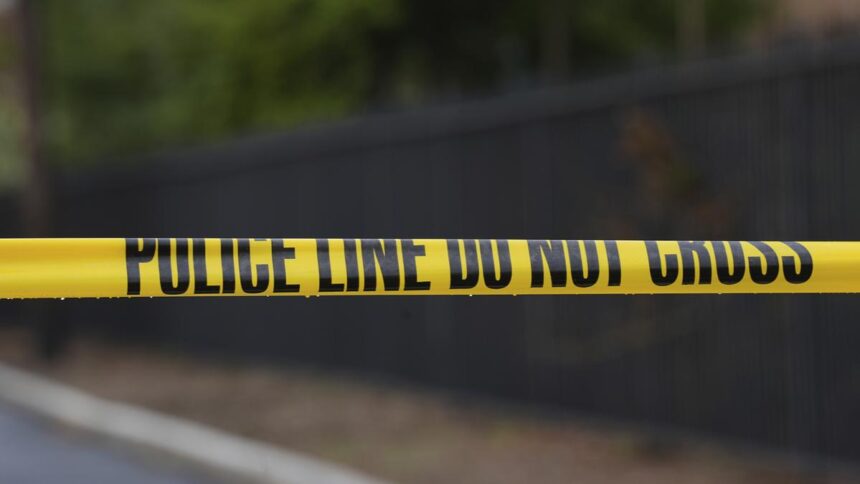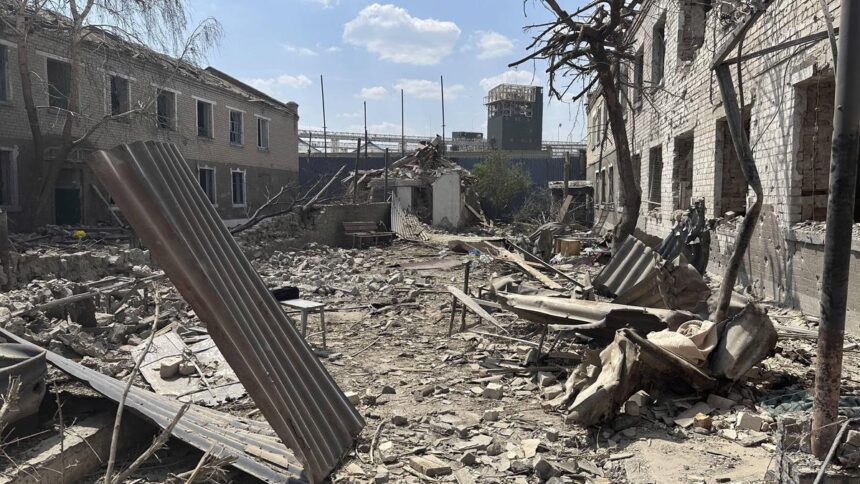At 8:15 a.m. on August 6, 1945, the Japanese port city of Hiroshima was struck by the world’s first atomic bomb that had been built in the U.S. by the top-secret Manhattan Project. Dropped by a B-29 Superfortress, a long-range bomber, the weapon destroyed large parts of the city, and killed tens of thousands. The Hiroshima Men traces the path to the attack and its aftermath through the experiences of several key characters, including General Leslie Groves, leader of the Manhattan Project alongside Robert Oppenheimer; pioneering Army Air Force bomber pilot Colonel Paul Tibbets II; the mayor of Hiroshima, Senkichi Awaya, who died in the attack; and Pulitzer Prize-winning novelist John Hersey, who exposed the devastation the bomb inflicted on a city and its people. An excerpt:
General Curtis LeMay had now been with the 509th for a few days, having landed on Tinian on August 3. There was a reason the commander was making a personal, somewhat unusual visit to the island airstrip. He was carrying sealed orders for Colonel Paul Tibbets: “Special Bombing Mission No. 13.” Within it, and what he would discuss with the strike leader, was the authorised date for the attack on Japan with the weapon. The date agreed was August 6, and LeMay discussed with Tibbets the targets that had been assigned:
Primary—Hiroshima urban industrial area
Secondary—Kokura arsenal and city
Tertiary—Nagasaki urban area.
The order confirmed that no friendly aircraft, “other than those listed herein, will be within a fifty-mile area of any of the targets for this strike during the period of four hours prior to and six subsequent to strike time.”
The Hiroshima Men: The Quest to Build the Atomic Bomb, and the Fateful Decision to Use It
Iain MacGregor
Constable/Hachette India
₹799
Inspecting ‘Little Boy’
Thirty-two copies were distributed to commands in Guam, Iwo Jima, and Tinian. Tibbets locked his copy in the office safe and then departed with LeMay to inspect Little Boy, nestling on its cradle in the Tech Area. The most important commanders on the base were barred from entry by one vigilant MP (Military Police) who demanded LeMay first hand over his cigars and matches. Earlier that morning, the senior military men and scientists on Tinian had agreed that Tibbets’s weaponeer for the mission, Captain William S. “Deak” Parsons, would arm the device in flight. Parsons had made a convincing case that to have the bomb armed before actual take-off risked destroying the whole island should the Enola Gay suffer a malfunction and crash—as so many other B-29s had over the past months. The fear of catastrophic engine failure haunted all of them. Parsons would crawl to the bomb bay early in the flight to insert one of the uranium plugs and the explosive charge into the bomb to fully arm it.
Take a look at our infographic: 80 years ago: The atomic bombings of Hiroshima and Nagasaki
In the baking midday heat, Tibbets had decided to go and judge the finished livery he had instructed the crews to paint on the newly christened Enola Gay. He admired his mother’s name in a bold black font beneath the pilot’s side of the cockpit. The imposing bomber, along with the other six that would accompany him on the mission, had their distinctive 509th arrow inside a circle insignia removed and replaced with a simple large black R. Tibbets worried that any deviation might lead an inquisitive Japanese interceptor to attack them. He now oversaw the plane being towed to the loading pit. He studied the weapon as it was slowly and carefully hoisted into the bomb bay of the Enola Gay by the technical staff. Wiping the sweat from his forehead with his handkerchief, Tibbets could make out a variety of scrawled messages; one declared, To Emperor Hirohito, from the Boys of the Indianapolis. He recognised the tribute to the old battleship that had delivered parts of the bomb to Tinian. He took in the familiar dimensions of the plumb-shaped, gunmetal-gray ordnance: nine hundred pounds, twelve feet long, a diameter of twenty-eight inches, and sharp tailfins protruding. Tibbets later recalled in his memoir:
“Looking at the huge bomb with its blunt nose and four tail fins, I wondered why we were calling it ‘Little Boy.’ It was not little by any standard. It was a monster compared with any bomb that I had ever dropped.”

In a poker game
Later that evening, Tibbets called the crews together for a briefing. Theodore Van Kirk recalled: “We knew this was going to be a very important thing because they had guys with Tommy Guns out situated around the briefing hut. Who’s going to go on the mission, what the course is going to be, what the bomb heading is going to be and all that kind of stuff. Then they tell us to go and get some sleep and they’ll call us at 10 p.m. for the final briefing, the final breakfast and then we’ll go down to the airplane. How are they supposed to tell you you’re going out to drop the first atomic bomb and then go and get some sleep is absolutely beyond me. I know Tibbets didn’t sleep, and I know Ferebee didn’t sleep, and I know I didn’t sleep, because we were [all] still in the same poker game, and I don’t even remember who won!”
The crews had been informed that there would be two deviations from the procedures they had practised. Tibbets had decided to change the Enola Gay’s call sign from “Victor” to “Dimples.” Just as he feared an air attack from enemy interceptors, so he fretted that they might also pick up his call sign via radio traffic. Secondly, now that Parsons had won his argument to arm the bomb in flight, Tibbets announced they would remain at an altitude of five thousand feet for the first leg of the flight. Parsons needed as much stability in flight as possible to do the job safely. He assured the crews precautions had been taken with the U.S. Navy for a thorough safety net of vessels and submarines situated at points along the route below, to retrieve them should the Enola Gay or any other plane on the mission ditch in the sea.

At 11 p.m., the three crews were brought together one final time for Tibbets to address them: “Tonight is the night we have all been waiting for. Our long months of training are to be put to the test. We will soon know if we have been successful or failed. Upon our efforts tonight it is possible that history will be made. We are going on a mission to drop a bomb different from any you have ever seen or heard about. This bomb contains a destructive force equivalent to twenty thousand tons of TNT.”
Excerpted with permission from Constable/Hachette India
Published – August 06, 2025 12:48 pm IST





